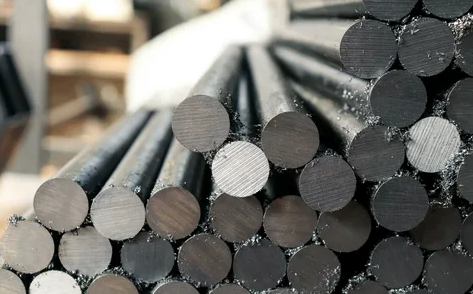In the last fiscal year, India produced 106.54 million tons of liquid steel and was ranked second in the world ranking. However, at the same time, the country was a net importer of finished steel in the last fiscal year and was heavily dependent on foreign supplies of value-added steels.
If you closely monitor the entire range of steel, the share of finished products with added value is very low and amounts to ~ 8-10%. This is not only a major impediment to manufacturing growth, heavy industry, precision engineering to prosperity and cost leadership, but also contributes greatly to the country's high capital intensity and low economic viability of infrastructure and industrial projects.
India exported ~ 6.36 Mt and imported ~ 7.83 Mt of finished steel in the last fiscal year. The Indian steel sector cannot capitalize on its strengths and export potential, but it also fails to contain imports. Ultimately, the country has to resort to significant imports, leading to huge trade deficits and supply chain risks.
Steel is the fabric of life. China realized this early on, and steel remains the core of its production and overall industrial growth. In 1990, China's steel production accounted for ~ 9% of world production, and today it is about half.
Steel consumption per capita, which is a direct indicator of a country's industrial and human well-being, has not increased in the country. In the Indian context, the population showed exponential growth, while steel production grew linearly. Steel consumption per capita in India at about 70 kg is one of the lowest in the world (especially in rural areas ~ 10-15 kg) compared to the world average of ~ 210 kg.
Significant efforts and resources should be devoted to harnessing the potential of the domestic steel sector. The sector needs an adrenaline rush, not incremental reforms to revive and survive. If the country allocates resources correctly and works to harness its export potential and curb imports, this industry can make a difference in the country's economy, given its significant ripple effect.
India: Building a Value Added Metallurgy Industry

|
|
Azovpromstal® 13 February 2020 г. 10:34 |





